
More precisely, they were putting out “a new algorithm for calculating Kindle Edition Normalized Page Count, or KENPC.”
So…what the hell is going on?
Amazon is calling this KENPC v2.0, which will change the pages read for most books by “less than 5%.”
So it appears that other factors will be taken into consideration when determining how long a page read actually is.
Some of these factors are:
- Standardized Fonts;
- Line Height;
- Spacing for Normalized Book Lengths.
Confused yet? I think that’s kind of the idea.
My question, however, is whether Amazon even knows how long the books it's selling actually are.
I wonder this because of my own books, and my calculations based on word count and the subsequent page count on Amazon.
That’s why I sent the following email to Amazon:
Hello,
My book Colter's Hell is 53,800 words. It shows as 220 pages on Amazon.
My book Colter's Run is 60,500 words. It shows as 197 pages on Amazon.
The second book I just mentioned is more words, yet it comes up with a lower page count. Why is that?
Also, my book Colter's Friend is 74,300 words. It shows as 229 pages.
I'm sorry, but I just find it hard to believe that a book coming in at 20,000 more words than the first book I mentioned is only 9 pages longer.
How are you calculating your pages on the product page, and should I be concerned about this in regards to your pages read algorithm with KU 2.0?
Thanks,
Greg
B014XAP6X8
B0176P7NPQ
B019D530AO
I got the following response the next day:
Hello Greg,
Thank you for reaching out to Amazon Kindle Direct Publishing.
The Print Length for Kindle books is intended to provide readers with valuable information about the book length.
Kindle titles with a physical version will list the number of pages in that existing print edition on the Kindle detail page.
For Kindle titles without related print versions, we estimate the length based on the number of words as well as the number and size of the images in the book. We base this on a standard 6" x 9" paperback book with 11 point font size, which is typical for print books. If you view your book in a different font, font size, or screen size, you may see a different length than what we display.
**
1. Colter's Hell:
The print length of this book was updated to reflect the Paperback's page count of 220.
This is probably why the difference between the estimated page count of the other two books and paperback length of the first book appears to be dissimilar.
2. Colter's Run and Colter's Friend:
We've shown the page count for these books based on our estimation technique.
If you have available print versions of your books that don't appear to be associated with your Kindle titles, please send us the ISBN for the print book so we can match it to your Kindle edition.
I hope this information helps. As always, feel free to contact us if you have questions or comments in the future. We're just an email away!
Thanks for using Amazon KDP.
I then sent an email asking about the new KU 2.0 pages read algorithm and if that’s actually functioning properly.
I also asked if, during the three months that my books were in the program, those books could have been short-changed on their pages-read payout.
It took a few days more, but I eventually got this email:
Regarding your other inquiry about KU payments for your Kindle title "Colter's Hell," I checked our records and found that you've made $93.77 for your Kindle book "Colter's Hell" through Kindle Unlimited and Kindle Owner's Lending Library sales during your KDP Select 90 days enrollment period.
Please know, the Kindle Unlimited and Kindle Owner's Lending Library sales are now tracked based on the Kindle Edition Normalized Page Count (KENPC). This feature was developed based on the feedback we received from authors who asked us to better align payout with the length of books and how much customers read.
This standardized approach allows us to identify pages in a way that works across genres and devices.
Because it's based on specific, standardized settings, Kindle Edition Normalized Page Count (KENPC) may vary from page counts listed on your Amazon detail page, which are derived from other sources (i.e., publisher metadata, paperback page count, etc.).
KENPC determines a book’s page count in a way that’s consistent and fair across genres and devices. We calculate KENPC based on standard settings (e.g. font, line height, line spacing, etc.) to measure the number of pages customers read in your book, starting with the Start Reading Location (SRL) to the end of your book.
For more information on KENPC, visit our Help page: https://kdp.amazon.com/help?topicId=AI3QMVN4FMTXJ
So I got some answers.
At this point I’m not too concerned about the KU 2.0 or 2.1 or whatever the hell it is.
I took most of my books out. The books that performed the best were taken out in December.
My Amazon income has actually gone up. Just a couple weeks ago I passed my all time high six-weeks-earnings number.
So I’m doing well…and all while having my books wide.
Still though, I'm not sure Amazon had it right when it came to page counts.
Their change-over to a new system (KENPC) proves this.
They tell me I wasn't short-changed. I dunno.
Either way, I'm out now...and have no intention of going back.
If you have questions about Amazon's pages read algorithm, I hope this post gave you some insight.
Thanks!







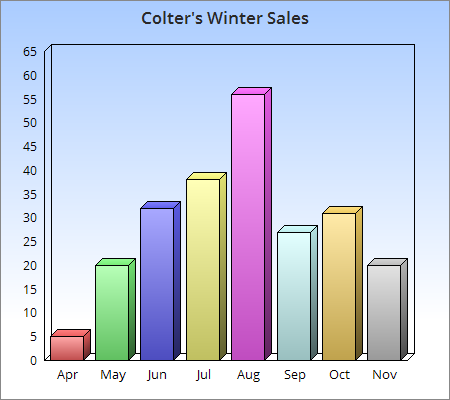






















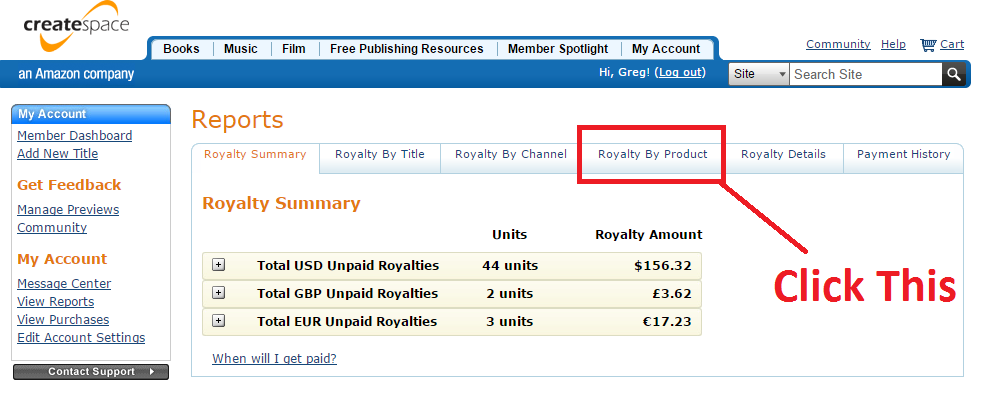








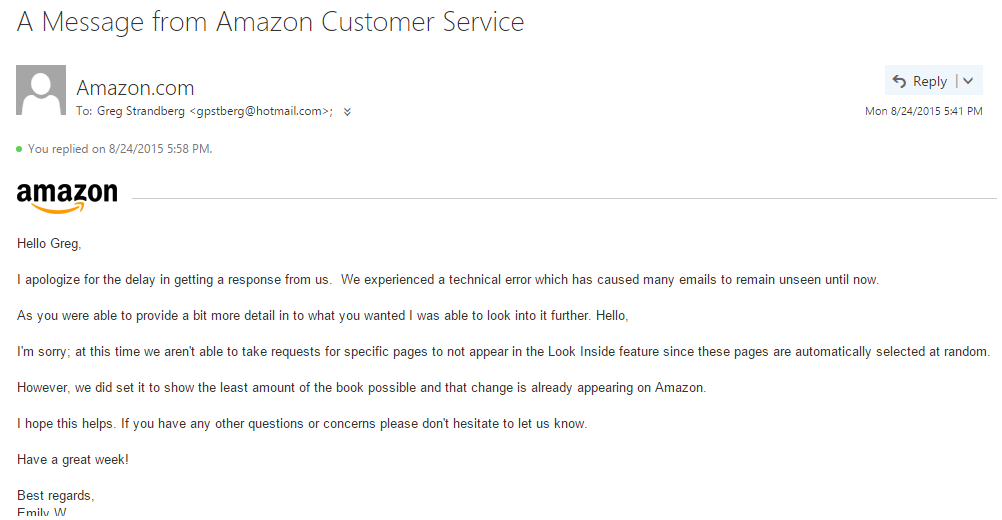














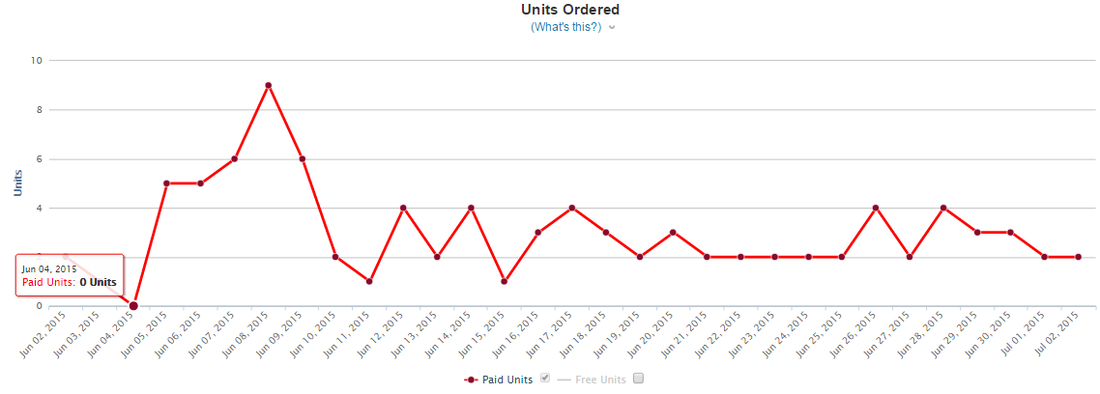










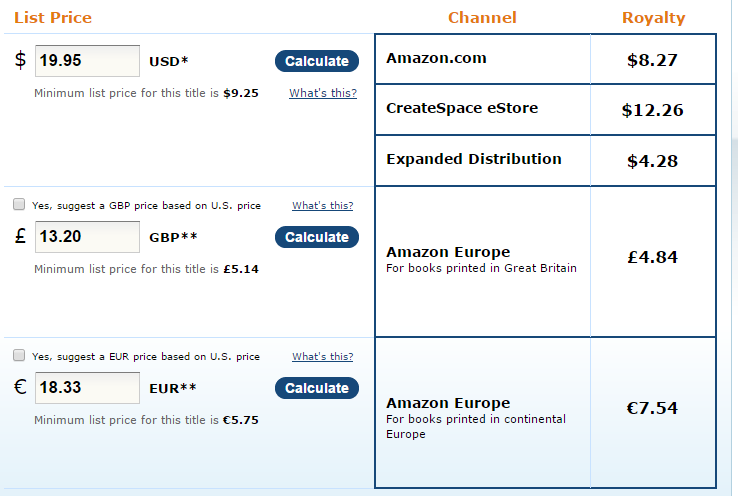















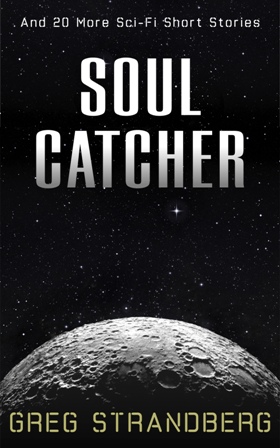

























































 RSS Feed
RSS Feed